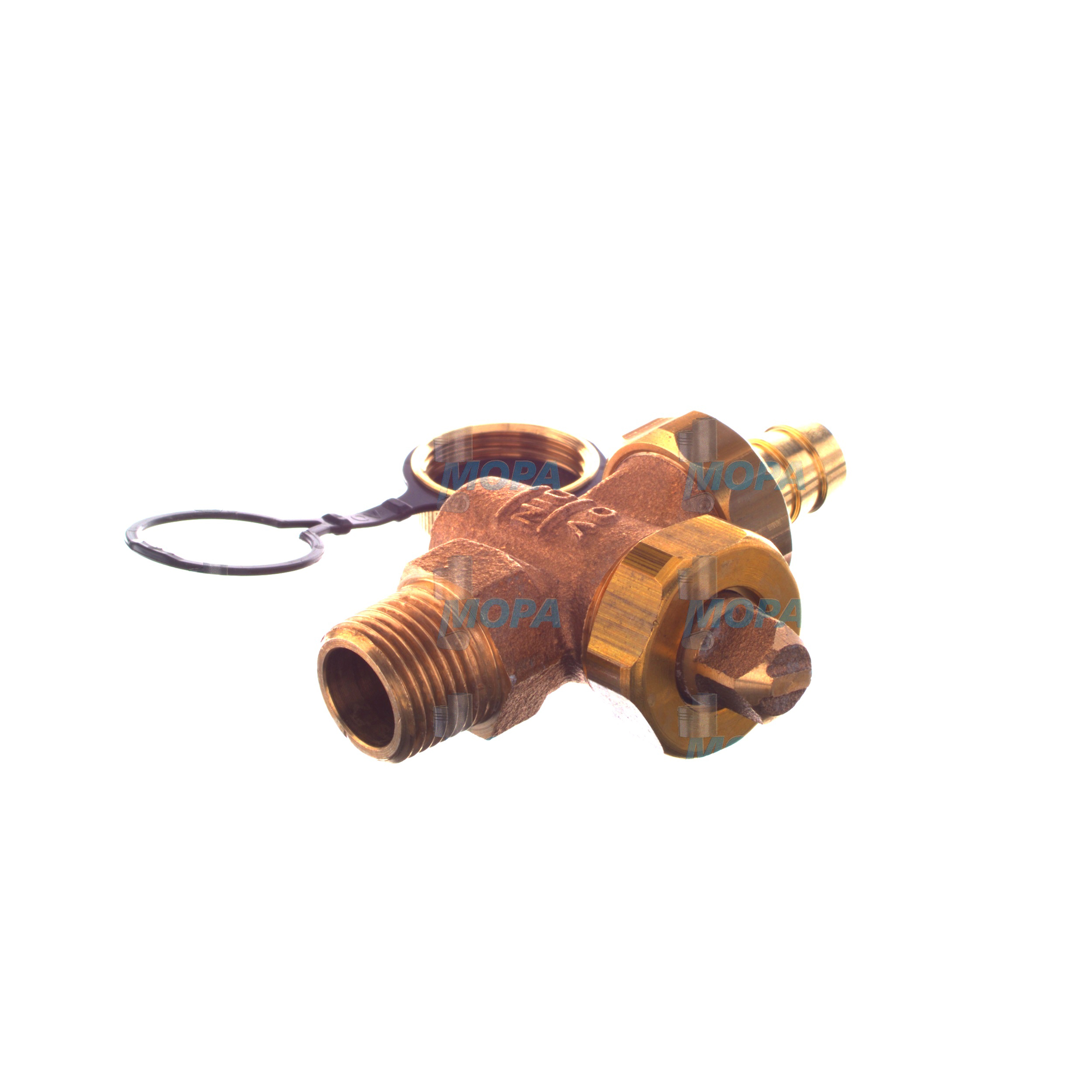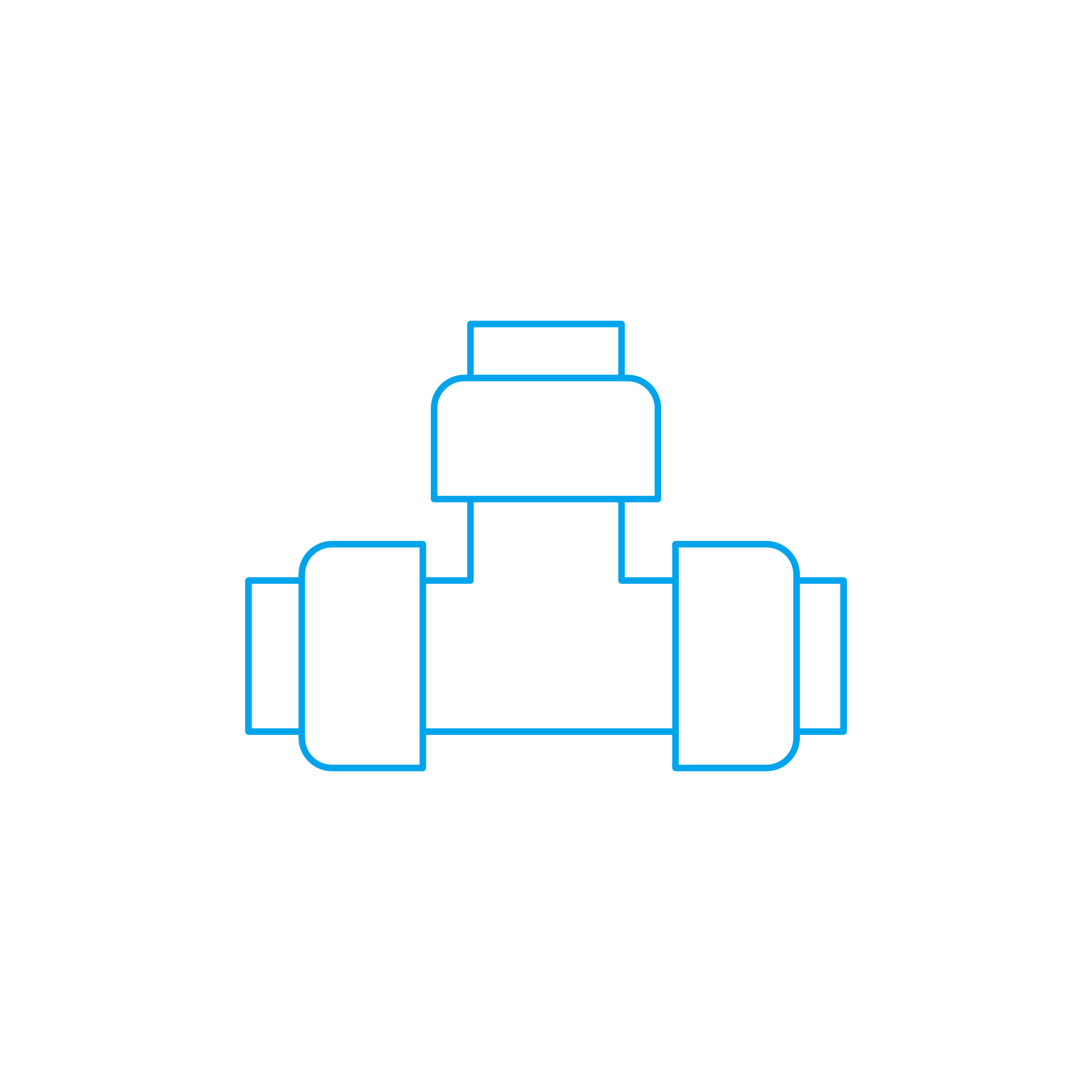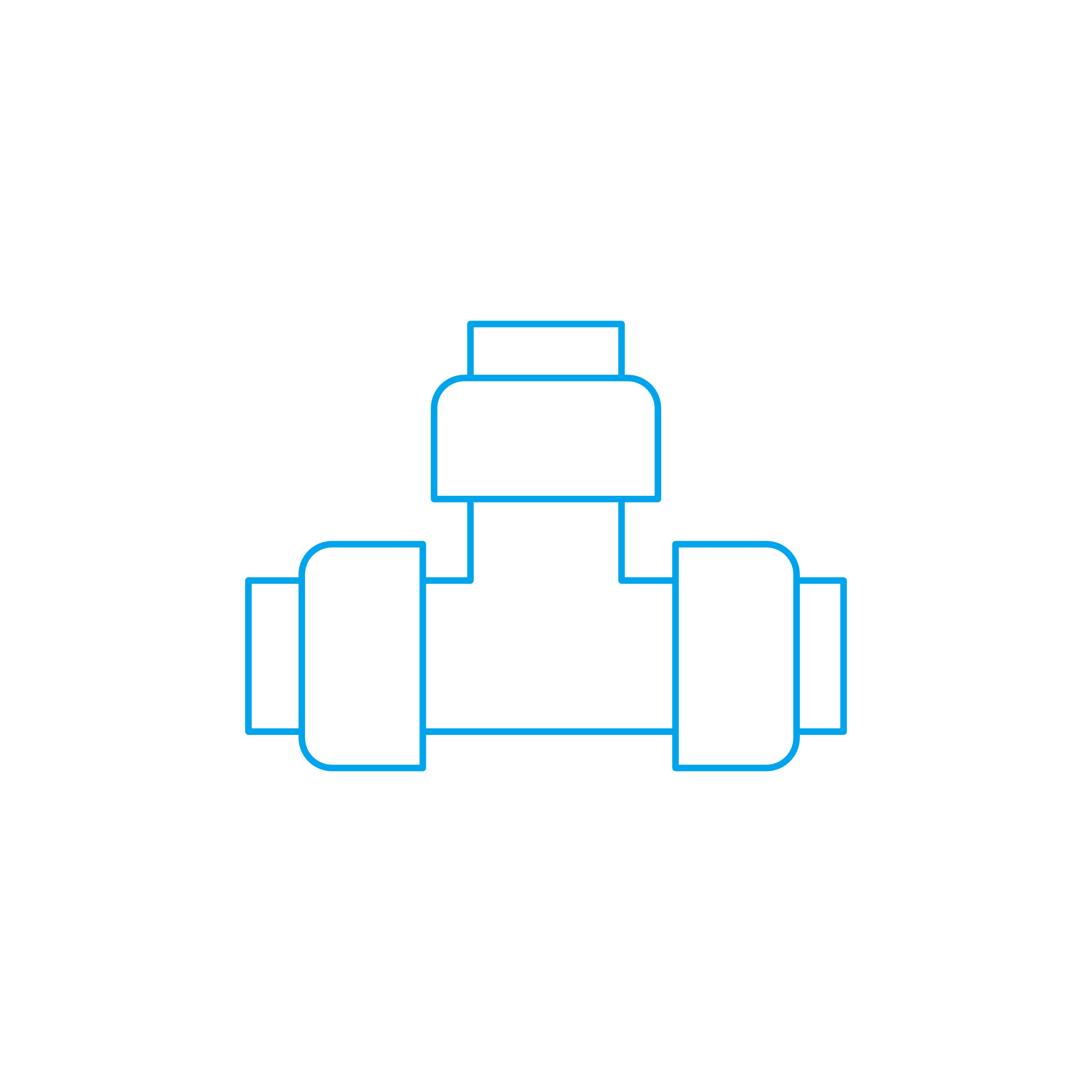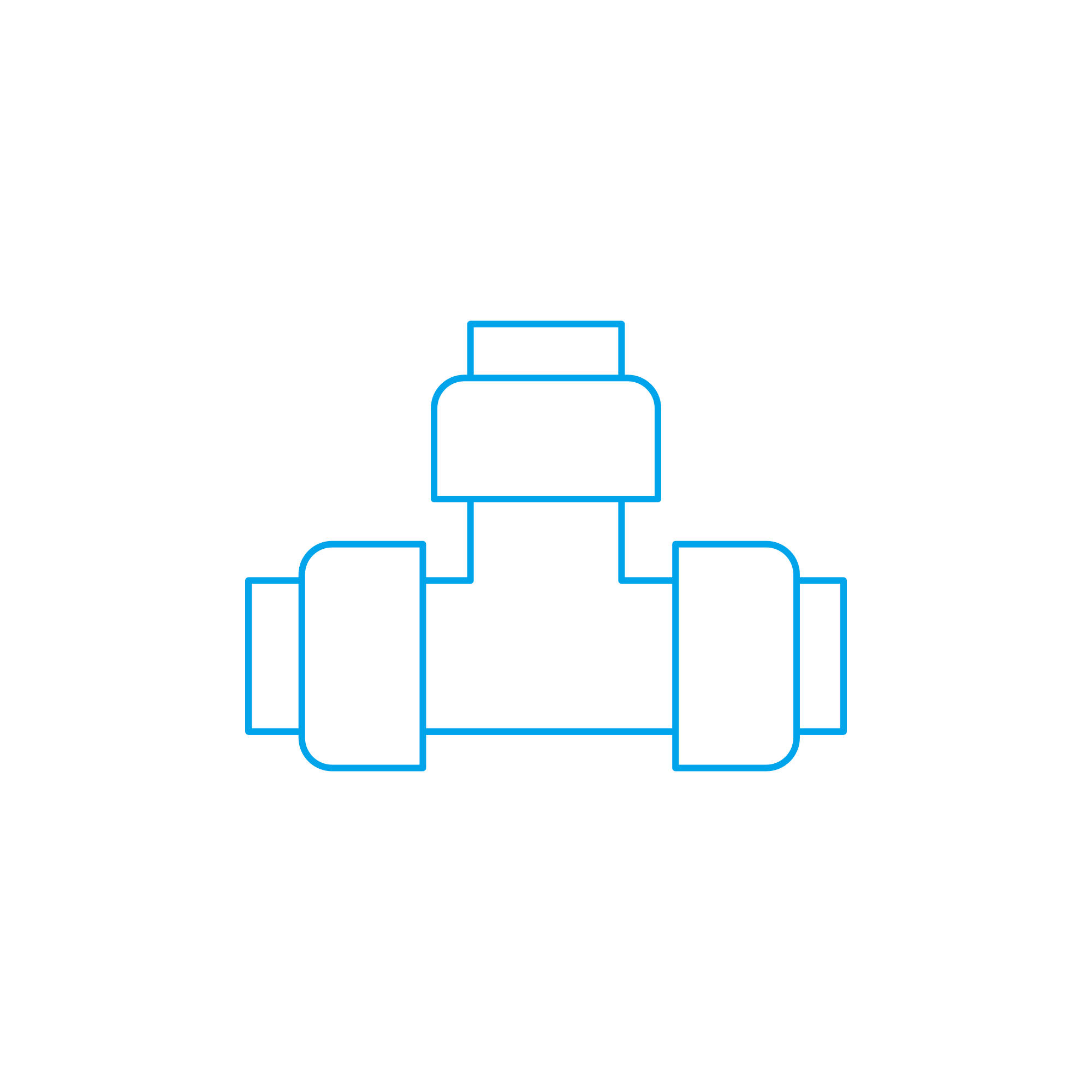DRAIN COCK and Fittings and Armatures for Demanding Engine Applications
Fittings and armatures are the backbone of every fluid and gas circuit in an engine. They include valves, drain cocks, manifolds, couplings, and instrumentation interfaces that control, isolate, vent, and protect critical media such as fuel, lubrication oil, cooling water, charge air condensate, and process gas. In marine and stationary power plants, this category ensures safe operation, clean processes, and efficient maintenance access. A DRAIN COCK is a typical example within this category: a compact shut-off device that enables controlled draining, sampling, and venting at low points, filters, coolers, separators, and jackets—making routine service faster and safer while preventing contamination or corrosion.
Because engines operate under high pressure, temperature, and vibration, the quality of fittings and armatures directly influences performance, uptime, and operational safety. Well-engineered components maintain leak-tight connections, resist corrosion, and preserve calibrated flow characteristics over long service intervals—essentials for shipowners, operators, and technical buyers seeking predictable total cost of ownership.
Technical function of fittings and armatures in diesel and marine engines
Within an engine, fittings and armatures perform four fundamental tasks: isolation, regulation, protection, and service access. Shut-off valves and cocks isolate subsystems for maintenance; throttling and needle designs regulate flow and pressure; check and non-return solutions prevent backflow; safety devices protect against overpressure; and specialized fittings provide clean points for draining and sampling.
The DRAIN COCK plays a precise role in this architecture. In a diesel engine cooler or air receiver, it allows operators to discharge condensate without introducing air or debris into the line. In a fuel conditioning module, it enables controlled sampling to verify cleanliness or to safely purge water from separators. In lube oil and cooling water circuits, it ensures complete draining prior to service, reducing cross-contamination and supporting accurate refill measurements. When specified correctly, a DRAIN COCK for a marine engine retains tightness under vibration, supports repeated cycles, and offers material compatibility with saline environments and chemically active media.
DRAIN COCK use cases in marine engine and diesel engine systems
A DRAIN COCK for a marine engine is commonly installed at low points on charge air coolers, compressor interstage receivers, and jacket water drains. A DRAIN COCK in a diesel engine fuel module supports water purging and cleanliness checks. Specifying DRAIN COCK OEM parts ensures dimensional consistency with mating threads (BSPP, BSPT, NPT, or metric), correct seat geometry for the leakage class, and durable seals rated for the system’s temperature and pressure envelope.
Key characteristics of fittings and armatures
· Robust, corrosion-resistant materials (bronze, brass, stainless steel).
· Pressure classes aligned to engine systems (e.g., PN16–PN40).
· Leak-tight seats and stems suited for frequent cycling.
· Thread standards and face types matched to OEM interfaces.
· Temperature-rated elastomers and metal seats for hot media.
· Compact geometries for tight engine room installations.
· Service-friendly designs for fast isolation and draining.
· Documentation and traceability for compliant maintenance.
Why fittings and armatures are critical for engine reliability and service life
Minor leakage from a valve stem or poorly matched fitting can escalate into major operational risks. Air ingress on the suction side of a fuel pump reduces injection stability and raises emissions. Coolant loss increases thermal stress and accelerates liner and head degradation. Incomplete draining of charge air condensate promotes corrosion and microbial growth, undermining turbocharger efficiency. Worn sealing surfaces can drop system pressure, forcing pumps to work harder and increasing energy consumption. Over time, erosion, galling, and pitting of valve seats and spindles degrade shut-off capability, turning routine maintenance into unscheduled downtime. Keeping fittings and armatures—including every DRAIN COCK—within specification preserves lubrication integrity, stabilizes temperatures, and protects bearings, seals, and rotating assemblies.
Advantages of OEM spare parts suitable for fittings and armatures and DRAIN COCK assemblies
Using OEM spare parts suitable for fittings and armatures safeguards the engineering intent of the engine system. Dimensional accuracy ensures clean fits to manifolds and housings, reducing rework and minimizing leak paths. Media-compatible materials and seals resist chemical attack from diesel, HFO blends, synthetic oils, glycol coolants, or saline condensate. Controlled manufacturing processes maintain seat geometry and surface finish, delivering repeatable shut-off and predictable torque-to-seal behavior across many cycles.
For a DRAIN COCK specifically, OEM parts preserve thread engagement length, cone angles, and packing arrangements defined by the engine builder, which lowers the risk of galling or cross-threading and avoids stress concentrations in cast housings. Consistent performance translates into shorter service windows, fewer spares consumed, and lower lifecycle costs—benefits that directly support budget and availability targets.
Additional advantages include reliable pressure/temperature ratings matching the engine’s duty profile, traceable documentation for audits, and harmonized maintenance intervals across fleets, which simplifies planning and inventory.
MOPA — your partner for OEM spare parts fittings and armatures
MOPA is an experienced and reliable partner for OEM spare parts suitable for fittings and armatures, including every DRAIN COCK needed in diesel and gas engine applications. We focus on speed, quality, and security in the trade of OEM parts: fast identification by engine type and part number, careful material conformity checks, and efficient logistics that keep vessels and power plants on schedule. Our team supports marine engine and power-generation operators with multi-brand coverage, order consolidation, and documentation that aligns with class and site requirements—reducing administrative effort while safeguarding operational continuity.
Conclusion
Fittings and armatures are essential to the safe, efficient, and serviceable operation of any engine. From shut-off valves to the smallest DRAIN COCK, each component contributes to performance, uptime, and compliance. Choosing OEM spare parts suitable for fittings and armatures ensures precise fit, durable materials, and consistent function—protecting budgets and extending the service life of diesel and gas engines.






